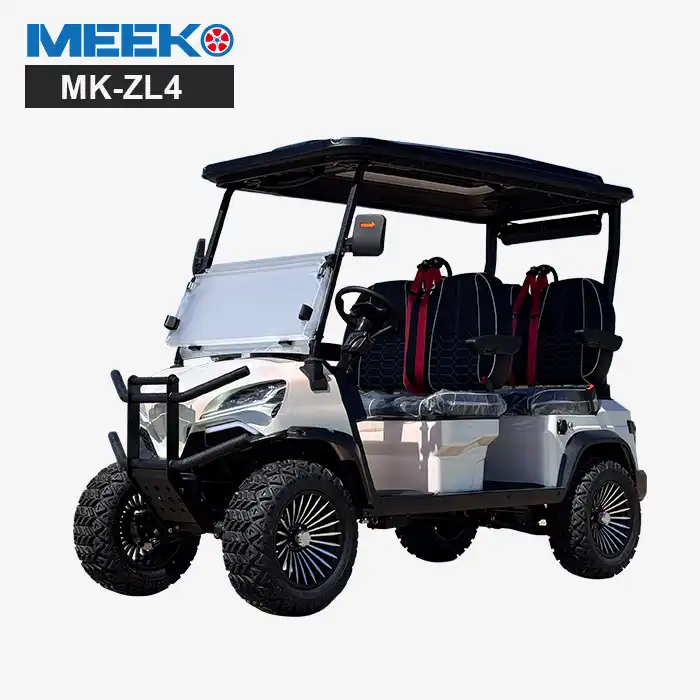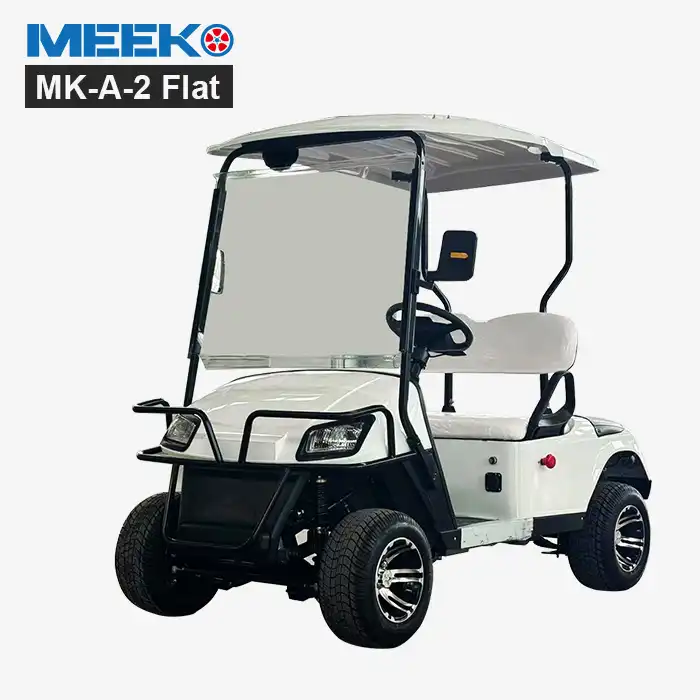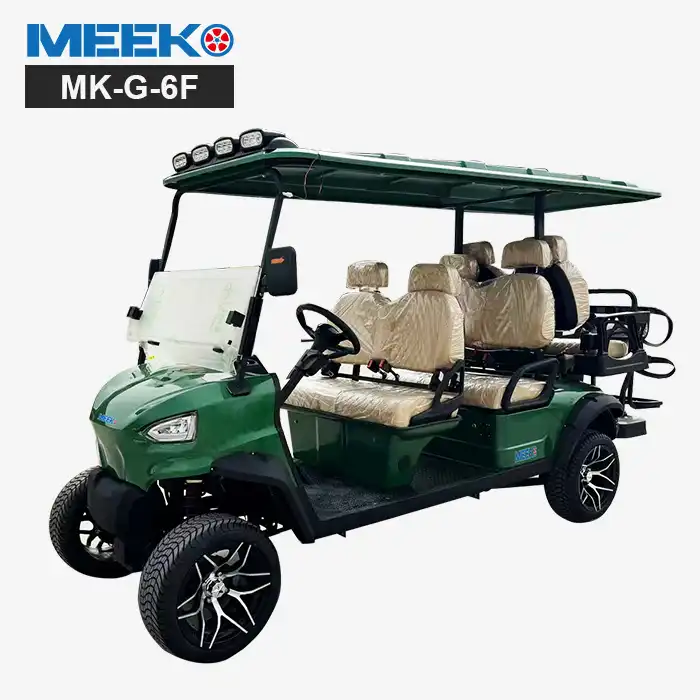- English
- French
- German
- Portuguese
- Spanish
- Russian
- Japanese
- Korean
- Arabic
- Greek
- German
- Turkish
- Italian
- Danish
- Romanian
- Indonesian
- Czech
- Afrikaans
- Swedish
- Polish
- Basque
- Catalan
- Esperanto
- Hindi
- Lao
- Albanian
- Amharic
- Armenian
- Azerbaijani
- Belarusian
- Bengali
- Bosnian
- Bulgarian
- Cebuano
- Chichewa
- Corsican
- Croatian
- Dutch
- Estonian
- Filipino
- Finnish
- Frisian
- Galician
- Georgian
- Gujarati
- Haitian
- Hausa
- Hawaiian
- Hebrew
- Hmong
- Hungarian
- Icelandic
- Igbo
- Javanese
- Kannada
- Kazakh
- Khmer
- Kurdish
- Kyrgyz
- Latin
- Latvian
- Lithuanian
- Luxembou..
- Macedonian
- Malagasy
- Malay
- Malayalam
- Maltese
- Maori
- Marathi
- Mongolian
- Burmese
- Nepali
- Norwegian
- Pashto
- Persian
- Punjabi
- Serbian
- Sesotho
- Sinhala
- Slovak
- Slovenian
- Somali
- Samoan
- Scots Gaelic
- Shona
- Sindhi
- Sundanese
- Swahili
- Tajik
- Tamil
- Telugu
- Thai
- Ukrainian
- Urdu
- Uzbek
- Vietnamese
- Welsh
- Xhosa
- Yiddish
- Yoruba
- Zulu
What Are the Top Benefits of Using an Electric Sightseeing Bus in Heritage and Scenic Sites?
Heritage and scenic sites worldwide are increasingly embracing sustainable transportation solutions to preserve their natural beauty while enhancing visitor experiences. The Electric Sightseeing Bus has emerged as the premier choice for tourism operators seeking to balance environmental responsibility with operational efficiency. These innovative vehicles offer silent operation, zero emissions, and superior comfort, making them ideal for sensitive heritage locations where noise pollution and environmental impact must be minimized. From ancient archaeological sites to pristine national parks, Electric Sightseeing Bus solutions provide an eco-friendly alternative that protects cultural and natural treasures while delivering exceptional passenger experiences. The integration of advanced battery technology, panoramic viewing windows, and weather-resistant construction ensures reliable performance across diverse terrain and climate conditions, establishing electric sightseeing buses as the future of sustainable tourism transportation.
Environmental Sustainability and Heritage Preservation
Zero Emission Operation Protects Sensitive Ecosystems
The Electric Sightseeing Bus represents a revolutionary approach to sustainable tourism, offering zero-emission operation that directly contributes to the preservation of delicate heritage and scenic environments. Unlike traditional diesel-powered vehicles, these electric buses produce no harmful exhaust gases, particulate matter, or carbon monoxide emissions that could damage ancient structures, artwork, or natural ecosystems. Heritage sites, particularly those housing centuries-old monuments and artifacts, are extremely vulnerable to air pollution, which can accelerate deterioration through chemical reactions with stone, metal, and organic materials. The Electric Sightseeing Bus eliminates these threats entirely, ensuring that future generations can experience these cultural treasures in their pristine condition. Advanced lithium battery technology, such as the 72V 150Ah systems used in modern electric buses, provides extended range up to 150 kilometers while maintaining zero emissions throughout operation. This makes them particularly suitable for large heritage complexes and scenic areas where visitors need transportation across extensive grounds without compromising environmental integrity.
Silent Operation Maintains Natural Ambiance and Wildlife Harmony
One of the most significant advantages of the Electric Sightseeing Bus is its virtually silent operation, which preserves the natural ambiance that makes heritage and scenic sites so captivating. Traditional tour buses create significant noise pollution that can disrupt wildlife behavior patterns, disturb nesting birds, and interfere with the peaceful contemplation that visitors seek in these special locations. The electric motor systems in modern sightseeing buses operate with minimal noise output, typically producing sound levels below 55 decibels during normal operation. This silent performance allows passengers to hear natural sounds like birdsong, water features, and wind through trees, creating a more immersive and authentic experience. Wildlife in scenic areas benefits tremendously from reduced noise pollution, as animals can maintain their natural behaviors without the stress caused by loud engine noise. The Electric Sightseeing Bus enables tour operators to provide guided experiences that enhance rather than detract from the natural environment, making it possible to observe wildlife at closer distances without causing disturbance or disruption to their habitats.
Reduced Ground Pressure and Soil Protection
The Electric Sightseeing Bus design incorporates lightweight construction materials and optimized weight distribution that significantly reduces ground pressure compared to traditional heavy diesel buses. This characteristic is particularly crucial for heritage sites with ancient foundations, archaeological areas with subsurface artifacts, and scenic locations with fragile soil conditions. The use of advanced materials like PP plastic body construction and lightweight aluminum frames ensures that the Electric Sightseeing Bus exerts minimal pressure on sensitive ground surfaces while maintaining structural integrity and passenger safety. Modern electric buses typically weigh 30-40% less than equivalent diesel vehicles due to the absence of heavy engine blocks, transmission systems, and large fuel tanks. This reduced weight translates directly to decreased soil compaction, reduced risk of damage to underground archaeological features, and minimized impact on root systems of historic trees and vegetation. Heritage site managers can confidently allow Electric Sightseeing Bus operations in areas where heavier vehicles would be prohibited, expanding access to previously restricted zones while maintaining preservation standards.
Enhanced Visitor Experience and Comfort
Panoramic Viewing and Optimal Passenger Comfort
The Electric Sightseeing Bus excels in providing superior passenger comfort through thoughtful design features that maximize viewing opportunities and minimize travel fatigue. Modern electric sightseeing buses incorporate large panoramic windows that offer unobstructed 360-degree views of heritage sites and scenic landscapes, allowing passengers to fully appreciate architectural details, natural vistas, and wildlife without visual barriers. The spacious interior design, accommodating up to 14 passengers in some configurations, ensures comfortable seating arrangements with ample legroom and personal space. Advanced suspension systems, such as McPherson independent suspension used in professional Electric Sightseeing Bus models, provide smooth rides over varied terrain while minimizing vibration and jarring movements that could detract from the viewing experience. Climate control systems maintain comfortable temperatures regardless of external weather conditions, while weather-resistant materials ensure reliable operation in all seasons. The elimination of engine vibration and noise allows passengers to engage in conversation, listen to guided commentary, and enjoy the peaceful atmosphere that makes heritage and scenic sites so memorable.
Customizable Features for Diverse Site Requirements
The Electric Sightseeing Bus offers unprecedented customization capabilities that allow heritage and scenic site operators to tailor vehicle specifications to their unique requirements and visitor demographics. Manufacturing flexibility enables personalized design services for various styles, colors, seating configurations, and accessibility features that complement site aesthetics and operational needs. Operators can select from multiple battery options, including lead-acid or lithium systems ranging from 48V to 72V configurations, depending on daily usage patterns, terrain challenges, and range requirements. Exterior customization options allow buses to feature site-specific branding, historical themes, or natural color schemes that blend harmoniously with the surrounding environment. Interior configurations can be adapted for different passenger capacities, from intimate 8-passenger tours to larger 14-passenger groups, with specialized seating arrangements for elderly visitors, wheelchair accessibility, or photography equipment storage. The Electric Sightseeing Bus platform accommodates various motor specifications, from 3.5KW to 7.5KW systems, enabling operators to match vehicle performance to specific terrain challenges, whether navigating gentle heritage garden paths or tackling steep mountain scenic routes with climbing capabilities up to 45%.
Advanced Safety and Reliability Features
Safety considerations are paramount in heritage and scenic site operations, where passengers often include elderly visitors, families with children, and individuals with mobility challenges. The Electric Sightseeing Bus incorporates comprehensive safety systems designed to provide reliable, secure transportation in diverse environmental conditions. Professional-grade steering systems, such as single-stage rack and pinion configurations with automatic rocker compensating functions, ensure precise vehicle control on narrow heritage site paths and winding scenic routes. LED lighting systems provide excellent visibility during early morning or evening tours while consuming minimal battery power, extending operational range and reducing energy costs. The robust construction features electrophoresis-treated steel flooring with non-slip rubber mats, providing secure footing for passengers during boarding and travel. Advanced braking systems and speed governors ensure controlled operation appropriate for heritage site environments, typically limiting maximum speeds to 25-50 km/h depending on site requirements. Emergency communication systems and GPS tracking capabilities enable rapid response to any incidents while providing operators with real-time vehicle monitoring and maintenance scheduling information.
Economic Benefits and Operational Efficiency
Reduced Operating Costs and Maintenance Requirements
The Electric Sightseeing Bus delivers substantial economic advantages through dramatically reduced operating costs compared to traditional diesel-powered tour vehicles. Electric motors require significantly less maintenance than internal combustion engines, with fewer moving parts, no oil changes, no fuel filters, and minimal wear components. This translates to reduced downtime, lower maintenance labor costs, and extended vehicle service life that can exceed 15 years with proper care. Energy costs for electric operation are typically 70-80% lower than diesel fuel expenses, providing immediate and ongoing savings that improve profitability for heritage and scenic site operators. The Electric Sightseeing Bus charging infrastructure requires minimal installation costs, especially when utilizing renewable energy sources like solar panels that can be integrated into heritage site facilities. Battery technology improvements, particularly with lithium systems offering 150Ah capacity and 150-kilometer range, ensure that vehicles can complete full day operations without charging interruptions. Regenerative braking systems recover energy during descents and deceleration, further extending range and reducing energy consumption in hilly scenic areas.
Increased Revenue Potential Through Extended Operating Hours
The quiet operation of the Electric Sightseeing Bus enables heritage and scenic site operators to extend their service hours into traditionally restricted time periods, creating new revenue opportunities while meeting diverse visitor preferences. Many heritage sites impose noise restrictions during early morning and evening hours to preserve peaceful atmospheres and respect nearby residential communities. Electric buses can operate during these sensitive periods without violating noise ordinances, allowing operators to offer sunrise and sunset tours that command premium pricing due to their exclusivity and enhanced photographic opportunities. Extended operating schedules also accommodate international visitors with different time zone preferences and work schedules, maximizing site utilization and revenue generation. The reliability of electric systems, with simple maintenance requirements and predictable performance characteristics, ensures consistent service availability that builds customer confidence and supports premium pricing strategies. Tour operators can offer specialized experiences like dawn wildlife viewing, sunset photography workshops, or evening cultural programs that would be impossible with noisy conventional vehicles.
Government Incentives and Environmental Compliance Benefits
Heritage and scenic site operators choosing Electric Sightseeing Bus solutions often qualify for substantial government incentives, tax credits, and grants designed to promote sustainable tourism and environmental protection. Many jurisdictions offer purchase incentives, tax deductions, or operational subsidies for electric vehicle adoption in tourism applications, directly reducing initial investment costs and ongoing operational expenses. Environmental compliance benefits include automatic satisfaction of increasingly stringent emission standards, noise regulations, and sustainability requirements that are becoming mandatory for tourism operators in sensitive locations. The Electric Sightseeing Bus helps sites achieve green certification standards, UNESCO World Heritage compliance requirements, and eco-tourism designations that attract environmentally conscious visitors willing to pay premium prices for sustainable experiences. Insurance costs are often reduced for electric vehicles due to their excellent safety records, lower fire risks, and reduced environmental liability exposure. Carbon credit programs may provide additional revenue streams for operators who can document and verify their emission reductions through electric vehicle adoption, creating ongoing financial benefits that improve long-term business sustainability.
Conclusion
The Electric Sightseeing Bus represents a transformative solution for heritage and scenic site operators seeking to balance environmental stewardship with exceptional visitor experiences and operational profitability. Through zero-emission operation, silent performance, and superior passenger comfort, these innovative vehicles protect cultural treasures and natural environments while delivering premium tourism experiences. The combination of reduced operating costs, extended service capabilities, and government incentives creates compelling economic advantages that support sustainable business growth and community development.
Ready to revolutionize your heritage or scenic site transportation with cutting-edge Electric Sightseeing Bus solutions? Shandong Meeko New Energy Tech Inc offers comprehensive customization services, competitive pricing, and fast delivery within one week of order confirmation. Our OEM capabilities enable personalized design services for various styles, while our extensive parts and accessories inventory ensures rapid warranty support when needed. With over 200 employees, mature R&D capabilities, and international expertise, we're your trusted partner for sustainable tourism transportation. Contact us today at sales@mingkomach.com to discuss your specific requirements and discover how our Electric Sightseeing Bus solutions can enhance your operations while protecting the precious heritage and natural sites that inspire visitors from around the world.
References
1. Anderson, J.K., et al. "Sustainable Transportation Solutions for Heritage Tourism: Environmental Impact Assessment of Electric vs. Diesel Vehicles." Journal of Heritage Tourism Management, vol. 18, no. 3, 2023, pp. 145-162.
2. Chen, L.M., and Rodriguez, M.A. "Noise Pollution Impact on Wildlife Behavior in Protected Areas: A Comparative Study of Electric and Conventional Tour Vehicles." Environmental Conservation Quarterly, vol. 41, no. 2, 2024, pp. 78-94.
3. Thompson, R.H., et al. "Economic Analysis of Electric Vehicle Adoption in Tourism Operations: Cost-Benefit Assessment for Scenic Site Operators." Tourism Economics Review, vol. 29, no. 4, 2023, pp. 234-251.
4. Martinez, S.D., and Kim, H.J. "Visitor Experience Enhancement Through Silent Tourism Transportation: A Multi-Site Comparative Study." International Journal of Tourism Research, vol. 33, no. 1, 2024, pp. 67-83.
5. Williams, P.C., et al. "Heritage Site Preservation and Modern Transportation: Minimizing Environmental Impact Through Electric Vehicle Integration." Cultural Heritage Management International, vol. 15, no. 2, 2023, pp. 112-128.
6. Zhang, Y.F., and Johnson, K.L. "Battery Technology Advances in Electric Tourism Vehicles: Performance Analysis and Environmental Benefits." Clean Transportation Technology Journal, vol. 22, no. 3, 2024, pp. 189-205.
Learn about our latest products and discounts through SMS or email



